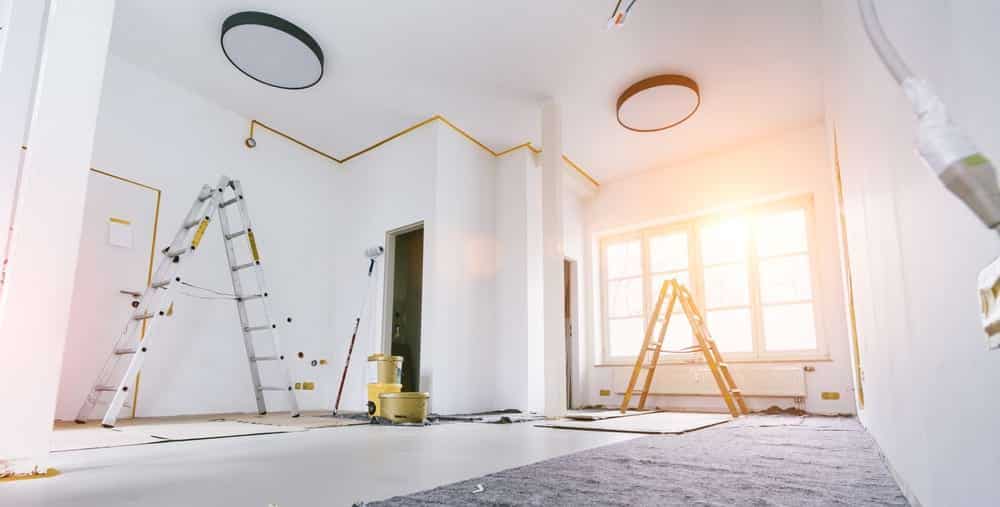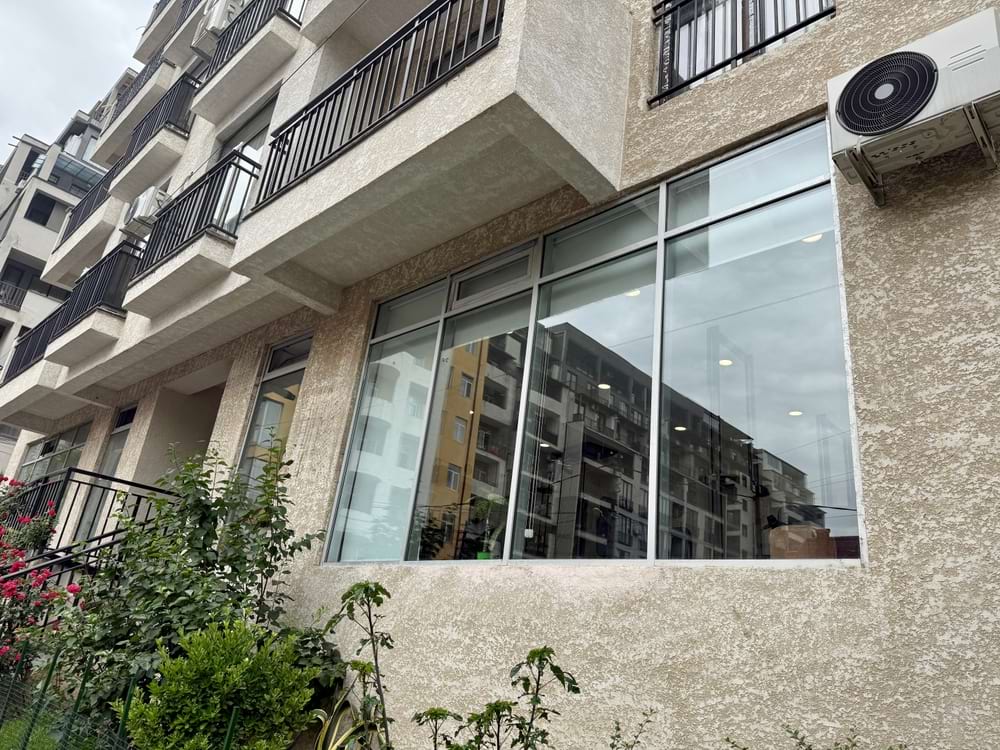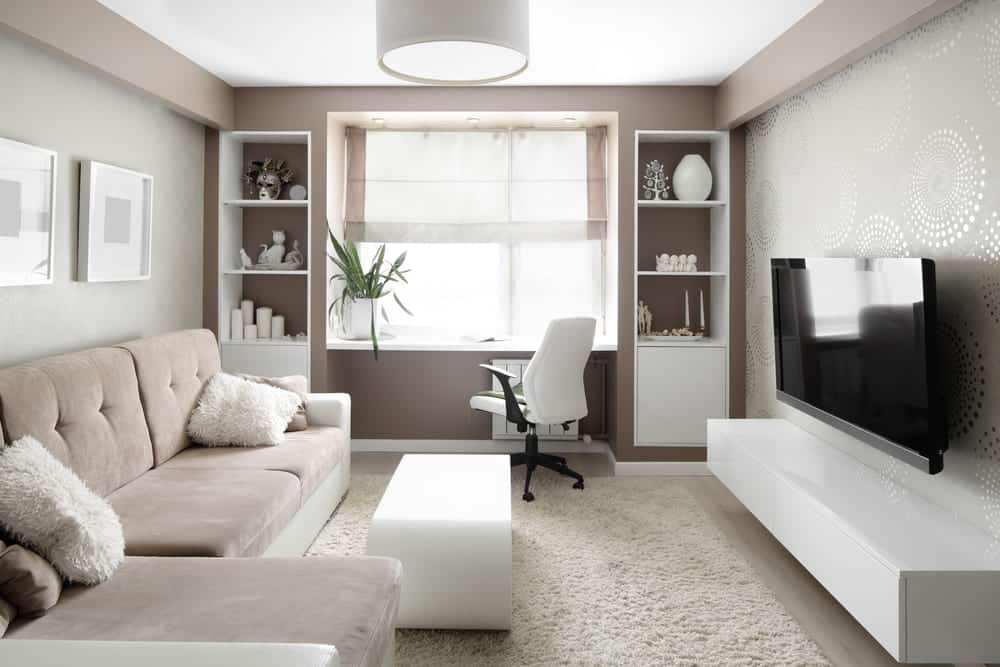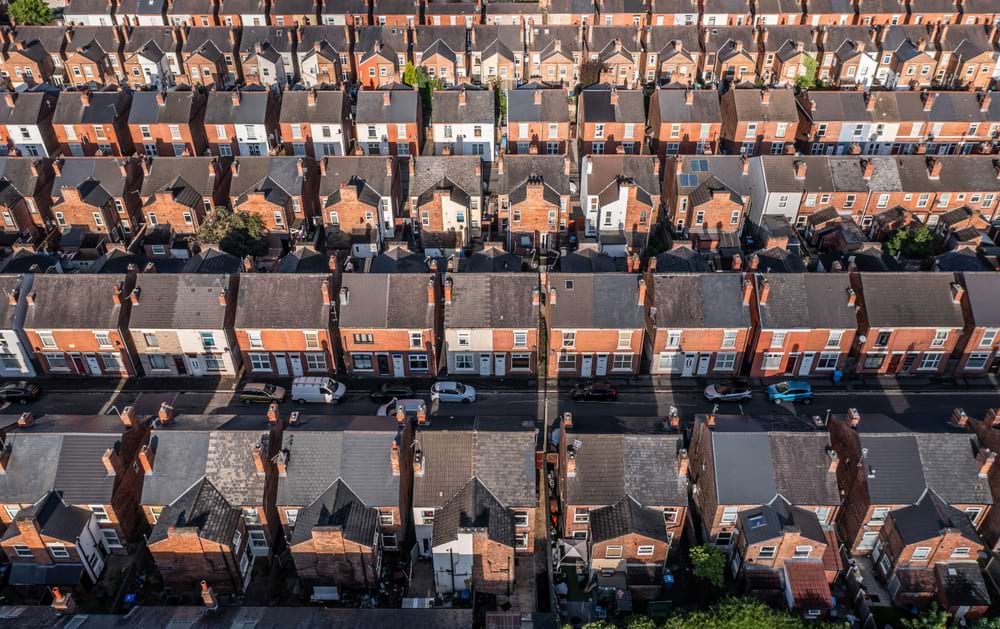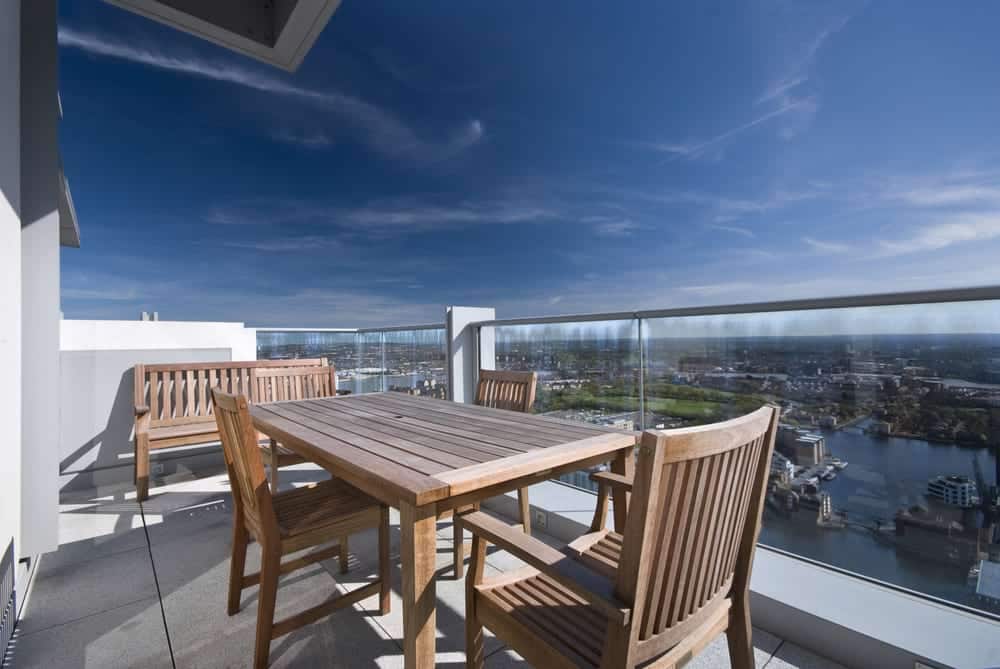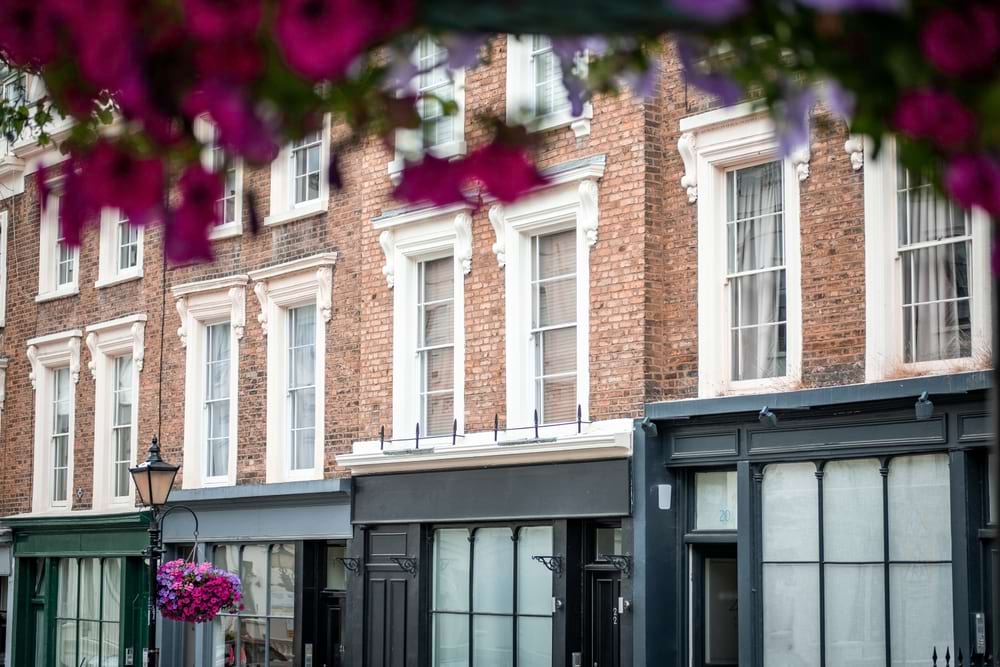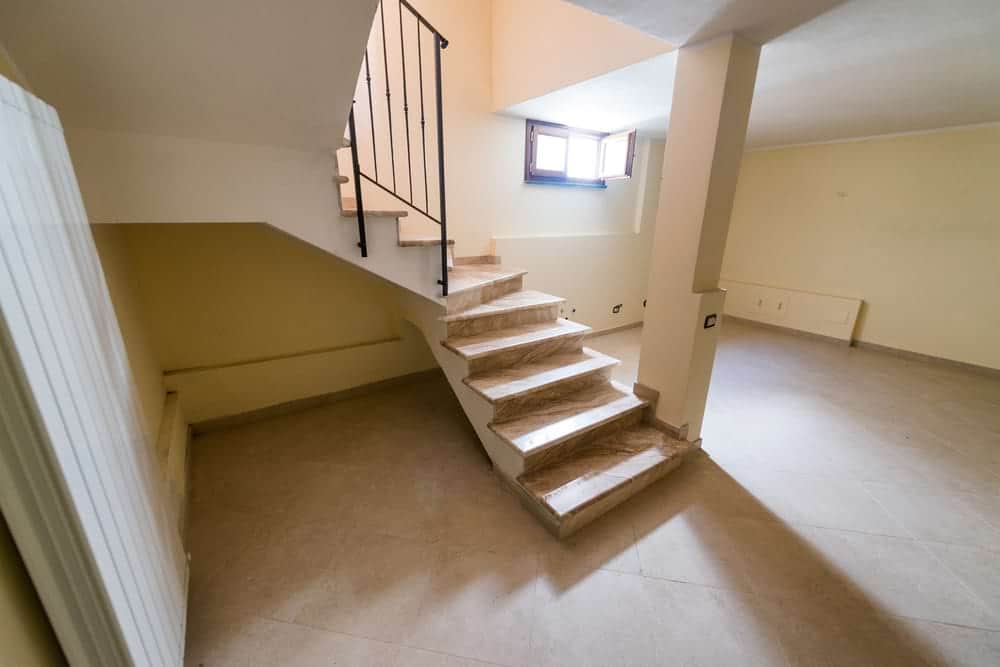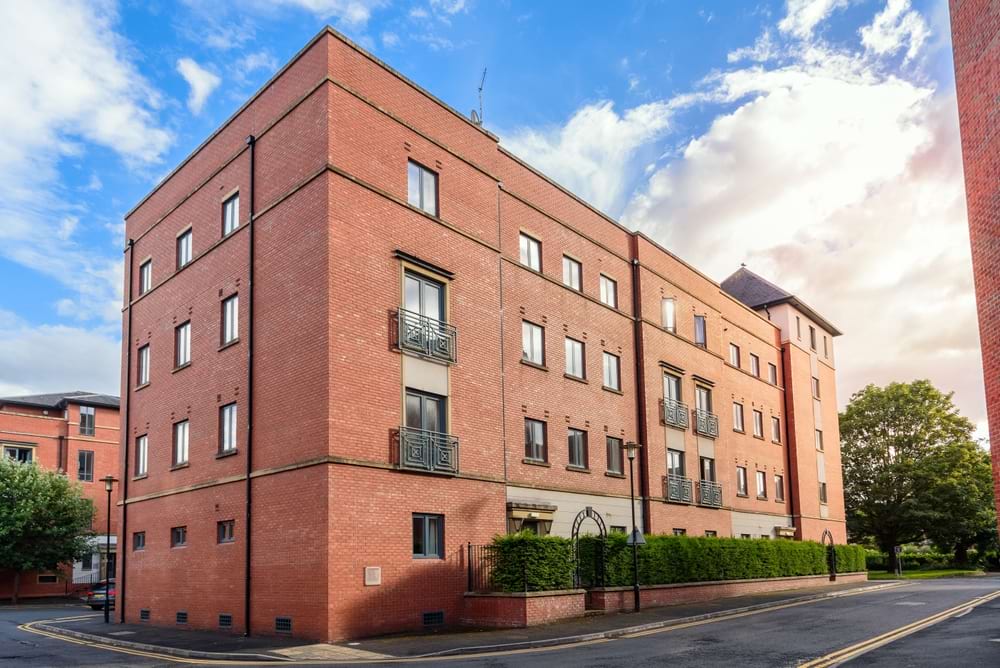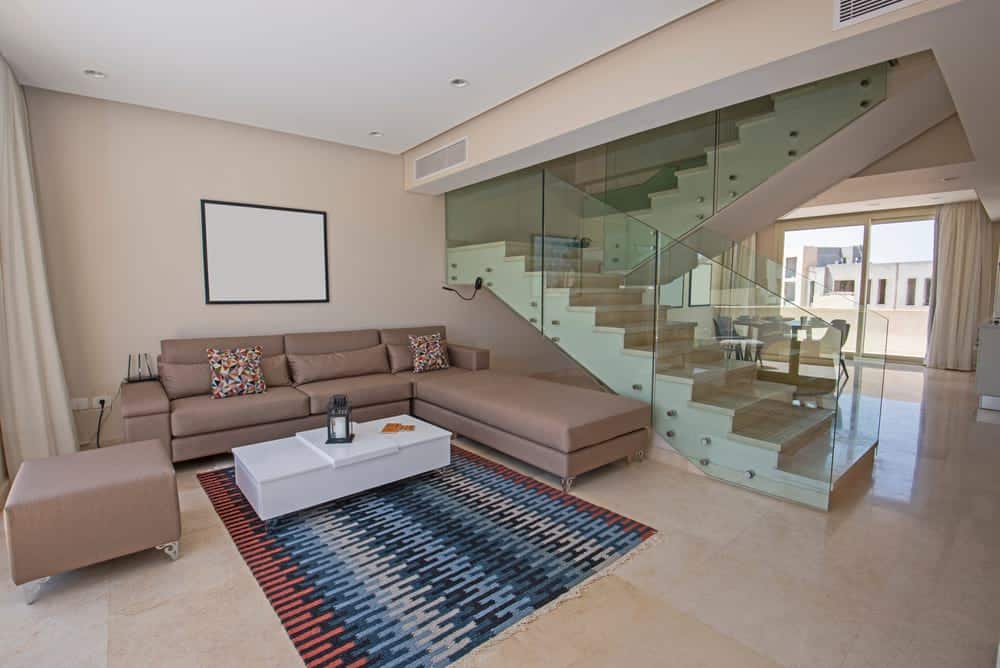Property investment is a popular way to make money.
There are ways to maximise the value investors get.
One of these is by converting houses into flats.
But this isn’t always possible. And when it is, it isn’t always straightforward.
Read on to learn about this path’s potential perks (and pitfalls).
What is converting a house into flats?
Converting a house into flats is usually an investment decision.
The goal is usually to increase the property value and improve the rental yield.
The process, which can be time-consuming, involves:
- Consulting an architect
- Applying for planning permission
- Refurbishment.
The converted building can be made into separate flats or a house of multiple occupations (HMO).
Do I need a licence to convert a house into flats?
In most cases, yes.
However, there are three main licences to consider.
(You should speak to your local council to find out which one you need.)
Landlord license
A landlord licence isn’ t always necessary for renting our rooms or property.
However, it is necessary if you live in an area with selective licencing.
Mandatory HMO Licence
You need this if you buy an HMO with five or more residents, with at least two separate households living there.
This applies to all parts of the United Kingdom, with only a few exceptions.
(You can read about this further on the Shelter England website.)
Additional HMO Licence
Sometimes, a council can make an Additional HMO Licence needed.
This means you can be forced to get a licence, even if you have only four residents in your HMO. Or if everyone is from the same family.
So, you may still need a licence to convert a house into a four-bedroom HMO. Make sure to check.
Factors to consider for converting houses to flats
It depends. You will need to get planning permission from the local council. And you must also apply for an HMO licence, if applicable (see above).
Along with planning permission, you should apply for listed building consent if your property is listed.
This can be challenging and may need the support of a solicitor with experience in these applications.
You must comply with building regulations even once you get the above permissions.
These relate to subjects like:
- Type of flat
- Room sizes
- Fire safety and hygiene
- Energy Performance Certificate (EPC)
- Electrical Installation Condition Report (EICR)
- Insulation.
The council can check to ensure you meet these requirements.
How long does it take to convert house into flats?
On average, it takes between 6 – 12 months to complete.
However, the final time depends on several factors, including:
- The current condition and layout of the house
- how much you plan on changing it
- The professionals you hire to plan (architects) and carry out (builders).
Getting the planning permission can take a few months. Especially if the property is listed or the council has strict requirements.
If you haven’t already, you’ll need to sort out your financing, which can take several weeks.
Executing the structural changes to the house takes the most time. It can go up to a year for the most complex arrangements.
Once everything is sorted, you should get it checked and approved. This includes complying with all building regulations.
Costs involved with converting a house into flats
Planning permission
It typically costs upwards of £200 to make a planning application for converting a single dwelling.
This price can vary based on your location in the UK.
Professional support from an architect and lawyer
Your conversion will often go much smoother when experts support you.
Architects and a lawyer/solicitor can handle all the most complicated steps you’re not qualified to do.
They may charge a few thousand pounds in total combined. But it’s typically worth the investment if it results in a safe conversion and is done on time.
Structural modifications
Once you’ve got the plans from your architect, it’s time to implement these changes.
Building contractors will need to be brought in to do this. Once again, it’ll cost at least several thousand pounds.
Examples of structural modifications include building a new entrance or extending the house upwards.
You might also be reinforcing the foundations or adding extra doorways. Building regulations should be kept in mind for all these changes.
For example, health and safety and minimum room sizes have legal requirements.
Utilities
Water, electricity, and heating are necessary for all the extra rooms you put in.
Remember, the average one-bedroom flat’s utility bills are around £1,500 annually.
Make sure that you comply with your obligations as a landlord. Paying utility companies to install this is crucial.
Redesign and decoration
Adapting the structure of your property is the top priority. But once this has been done, you must make it look as attractive as possible.
This will entice potential buyers into making an offer, or renters into wanting to live there.
If you’ve added new rooms, this will need paint and furniture. You’ll also want to design it in a way that’s attractive to potential renters.
For example, if you don’t know whether a male or female will be interested, then neutral colours are best.
Insurance
Your building’s insurance will become more expensive. This is because the property has increased, and/or more people are living there.
It’s highly recommended by most experts that you take out landlord’s insurance, too.
This protects you from rental earnings, accidental damage done by your tenants, and more.
Securing your finance
There may be a cost associated with getting the finance you need.
That’s assuming you don’t already have the money from retained earnings! Your lender could charge an up-front fee, or interest on your repayments.
Advantages of converting house into flats
Increase property value
Your house value goes up when you convert a property into flats well. Perhaps the square footage has gone up.
Or maybe there are more bedrooms or bathrooms now.
Grow rental income
When you give your house to more people, the total rental income potential increases.
You may need to reduce your price per room, if you’ve made them smaller. But if you fill every room, the total amount almost always increases.
Reduce reliance on one person for your income
When only one person or family rents out your house, you lose all your income if they hand in their notice.
But if you have several tenants, you don’t lose all your money if one person moves out.
Disadvantages of converting house into flats
Time-consuming
It always takes at least six months, and usually goes over one year in total. Make sure to prepare for this journey.
Expensive
There’s plenty of costs involved. It’ll often go above £10,000, and usually much higher.
It depends on the scale of the project. You’ll need to find a way to finance this.
No guarantee you’ll fill all the rooms
Even if you convert your house into several flats, there’s no guarantee that all of them will be occupied.
You may have more time involved with finding replacements for each room.
